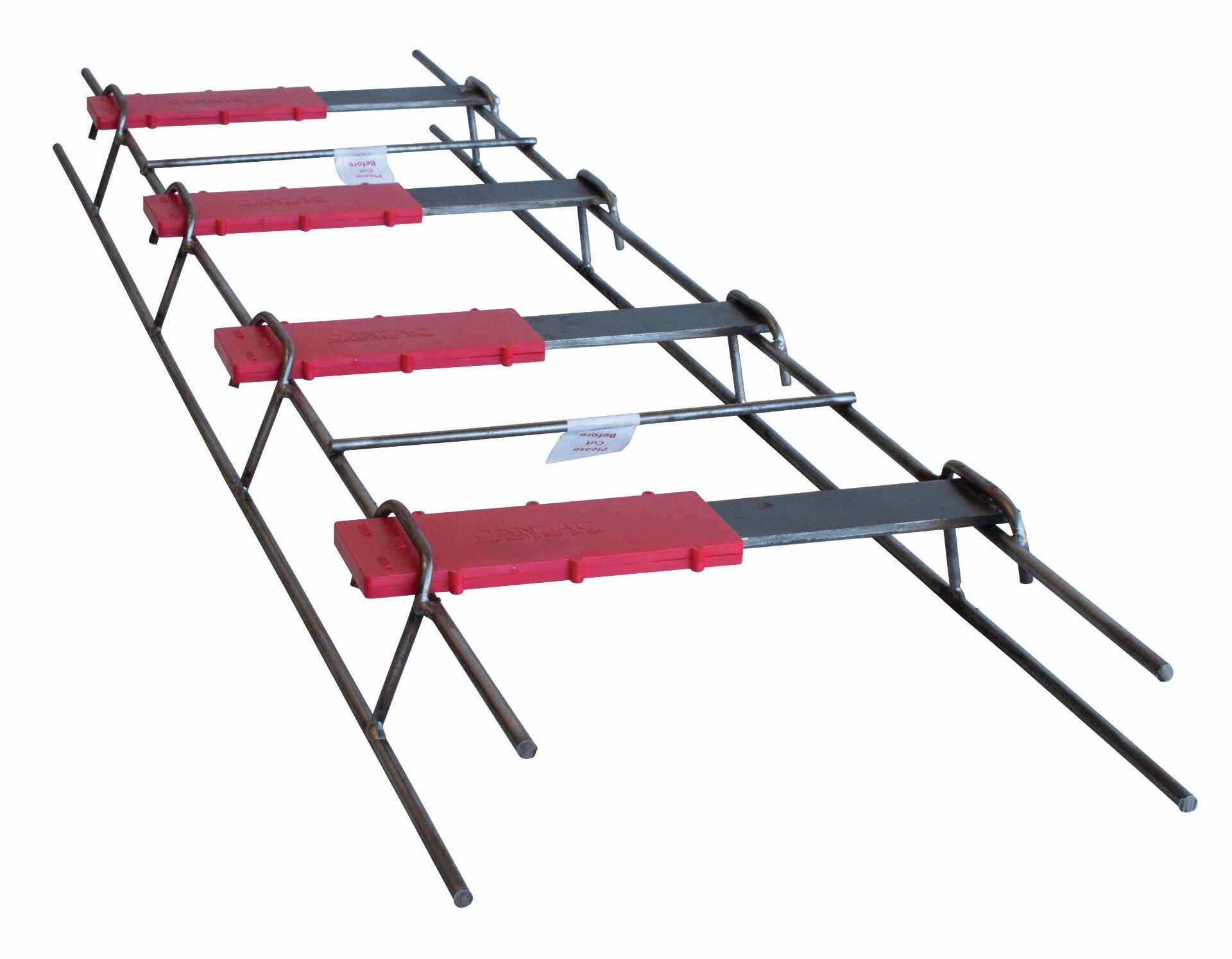
- Mobile Phone
- +8613931874955
- sales@cntcmetal.com
Understanding Extension Springs and Their Applications in Various Industries
Understanding Extension Springs A Comprehensive Overview
Extension springs are a vital component in many mechanical devices and applications. These springs are designed to absorb and store energy by extending when a load is applied and returning to their original shape once the load is removed. This unique functionality allows them to play critical roles in various industries, including automotive, manufacturing, and home appliances.
Design and Construction
Extension springs are typically made from high-carbon steel wire, stainless steel, or specialty alloys, depending on the application requirements. They consist of a helix shape with two loops, known as hooks, at each end. These hooks allow for easy attachment to other components within a system. The design of an extension spring ensures that it can handle significant tensile forces while returning to its original length when the load is released.
Working Principle
The fundamental principle behind extension springs is Hooke's law, which states that the force exerted by a spring is directly proportional to its extension. When an external force pulls on the spring, it stretches, and the potential energy stored in the spring increases. Once the external force is removed, the spring's inherent tension causes it to retract back to its original shape, releasing the stored energy.
Applications
what are extension springs

Extension springs are used in a myriad of applications. In the automotive industry, they are often employed in trunk lids or hoods, providing the necessary force for smooth opening and closing. In home appliances, extension springs can be found in mechanisms like washing machine lids and dryer doors, ensuring they stay open or closed as needed.
Moreover, extension springs play a crucial role in various industrial equipment, such as conveyors, where they help maintain tension in belts and chains, or in exercise equipment, providing resistance for users. They are also commonly utilized in toys, where they create movement or assist in operations.
Advantages of Extension Springs
The benefits of using extension springs are numerous. Their ability to store and release energy efficiently makes them ideal for various applications requiring precise movement. Additionally, their relatively simple design and lightweight nature contribute to their versatility and ease of installation.
Furthermore, manufacturers can design extension springs to meet specific tension and extension requirements, making them customizable to suit different operational needs. This adaptability is particularly valuable in industries where unique machinery or devices are developed.
Conclusion
In conclusion, extension springs are essential components that enhance the functionality of countless mechanisms across industries. Understanding their design, working principle, and wide range of applications allows engineers and designers to leverage their benefits effectively. As technology advances, the design and application of extension springs will continue to evolve, ensuring their relevance in future innovations.
share:
-
Wall Ties for Concrete: Invisible Guardians of Building Structural StabilityNewsAug.08,2025
-
Timber Frame Wall Ties: Stable Bonds for Load TransmissionNewsAug.08,2025
-
Stainless Steel Woven Wire Mesh: A versatile material from boundary protection to functional supportNewsAug.08,2025
-
Powder Coat Coil Springs: Creating peace of mind and reliability with sturdy protectionNewsAug.08,2025
-
Floor Standing Sign Holder: A Powerful Assistant for Flexible DisplayNewsAug.08,2025
-
Binding Iron Wire: An Invisible Bond for Building StabilityNewsAug.08,2025
-
Yard Sign Stakes: Reliable Guardians of Outdoor SignsNewsAug.04,2025



















